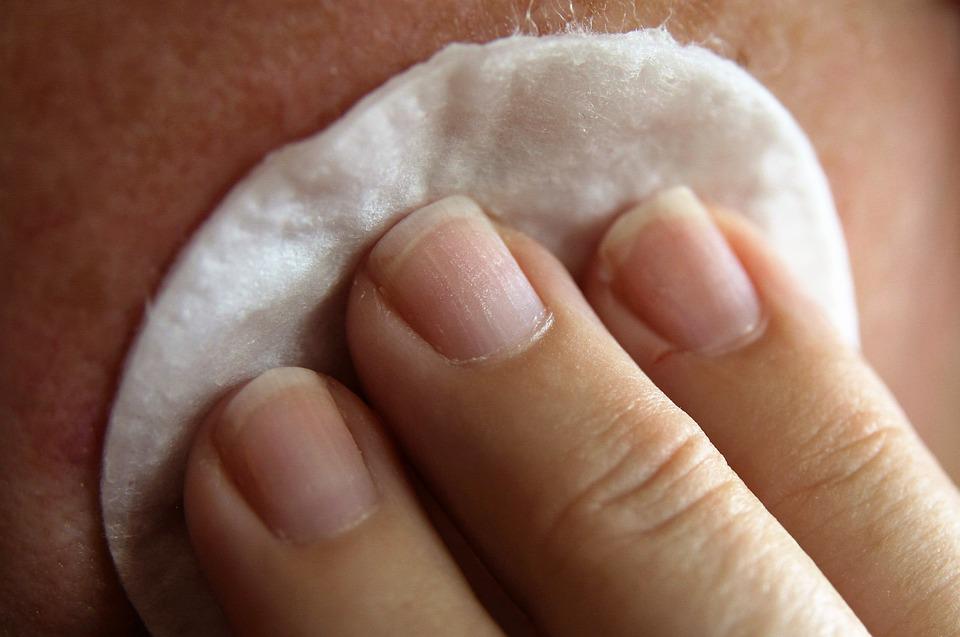
Case Studies in Skin Sensitization Assessment using OECD Guidance
Skin sensitization assessments for chemicals, cosmetics, and many pharmaceuticals are required by regulatory bodies for hazard assessment and approval. In June 2021, the Organization for Economic Co-operation and Development (OECD) published the new guideline (TG 497) for skin sensitization. This step is remarkable as it allows the characterization of potential skin sensitization chemical hazards without animal experimentation. TG 497 uses a combination of non-animal methods (in silico, in-chemico and in-vitro) and includes Defined Approaches (DAs) and fixed data interpretation procedure (DIP).
SaferSkin successfully provides skin sensitization assessment using advanced defined approaches such as Bayesian Networks, regression, and 2 out of 3 Weight of Evidence (WoE). We also work with partners in a process to include advanced assays such as SENS-IS and GARD assays. Using SaferSkin characterization of chemicals can be achieved using different approaches and comparative information is provided for better decision making and risk assessment.

Here we report on some examples where we compared the results of different approaches including DAs from TG 497. or chemicals such as Farnesal (sensitizer) and Safranal (sensitizer) the results are the same using different approaches and it is straightforward to make a decision (see above Table). For others, results are different using different approaches; e.g., for 3-(Diamethylamino)propylamine, the compound is predicted as a Sensitizer using Bayesian network and following TG 497 DAs. However, it is predicted as a non-sensitizer by regression analysis and 2 out of 3 WoE. Similarly, Furil is predicted to be a non-sensitizer using the Bayesian network but as a sensitizer using others and TG 497 DAs. There are some interesting examples such as Benzyl alcohol and Squaric acid where even within TG 497 different results are obtained using different DAs. The DA 2o3 in TG 497 categorizes both Benzyl alcohol and Squaric acid as non-sensitizer; however, the ITSv2 method characterizes them as sensitizers. Here results from additional advanced assays such as SENS-IS or GARD could be helpful in informing better decision making and characterization.